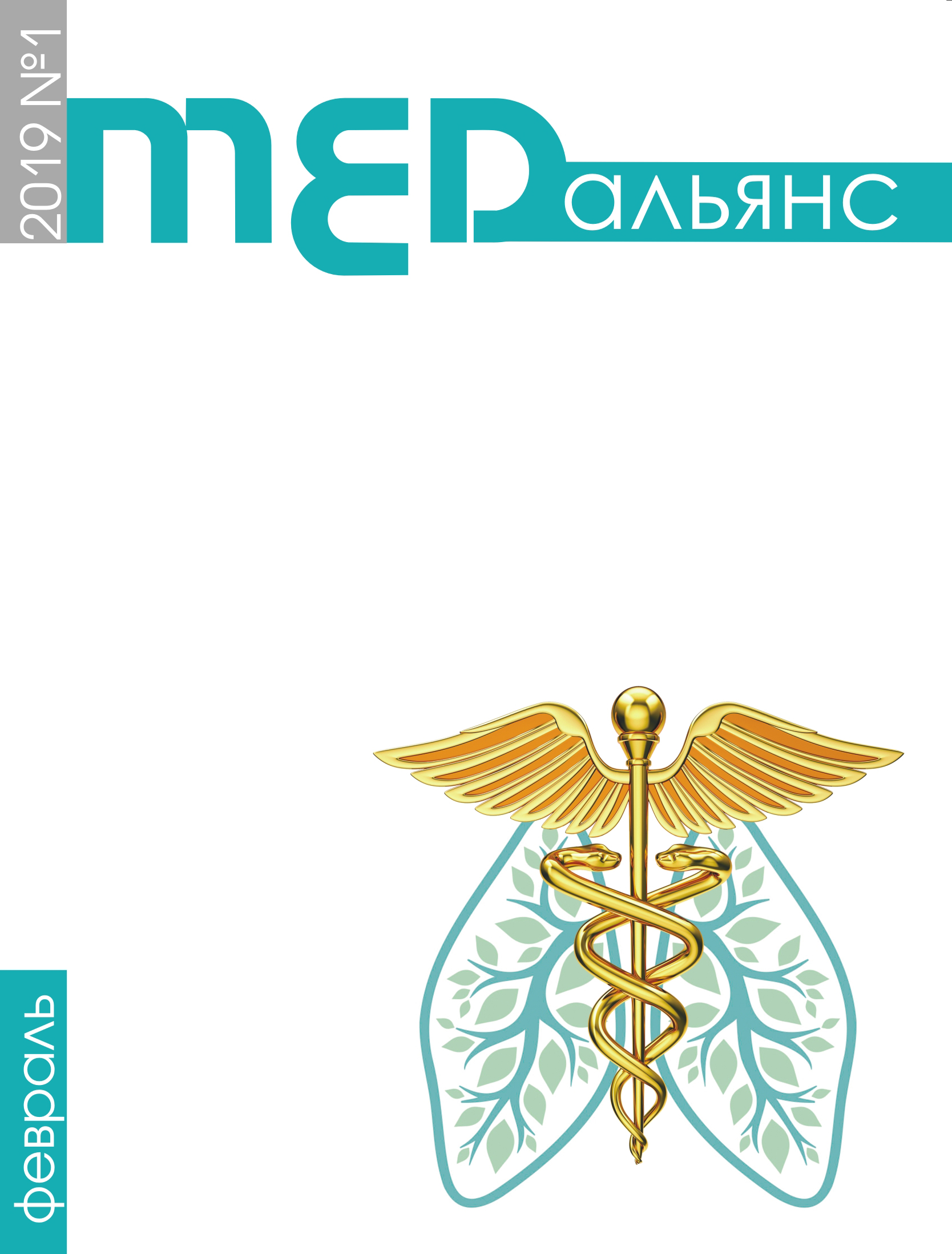Abstract
Efficacy of MDR and XDR TB treatment remains low. Introduction of new anti-tuberculosis drugs requires studying of the mechanisms of their action, not only against the microorganism, but also towards the macroorganism. Materials and methods. In the prospective study during 2014-2017 period, we examined 47 patients with drug resistant pulmonary tuberculosis, who were divided into two groups: 1st group (main) - with an inclusion in the scheme of therapy thioureidoiminomethylpyridinium perchlorate (Tpp) (n=24), and 2nd group (comparison) - without Tpp (n=23). All patients were examined with the use of standard methods. At the end of the intensive phase of treatment parameters of the inflammatory response were assessed in serum of all patients. Statistical processing of the material was carried out by Statistica 7.0 application software package. Results. Significant differences were found between groups in the parameters of inflammatory response depending on the severity of multiply drug resistant pulmonary tuberculosis. When Tpp was included in scheme of treatment, a reliable correlation of serum ceruloplasmin levels with the clinical characteristics of the process was observed, that was explained by the bacteriostatic effect of the drug. Conclusion. Results of this study proved the anti-inflammatory effect of Tpp when the drug was included in the scheme of therapy. Dynamic of ceruloplasmin, haptoglobin and adenosinedeaminase serum levels in the main group of patients (i.e. treated with inclusion of Tpp) can be used as positive predictive values for performance of surgical treatment.

